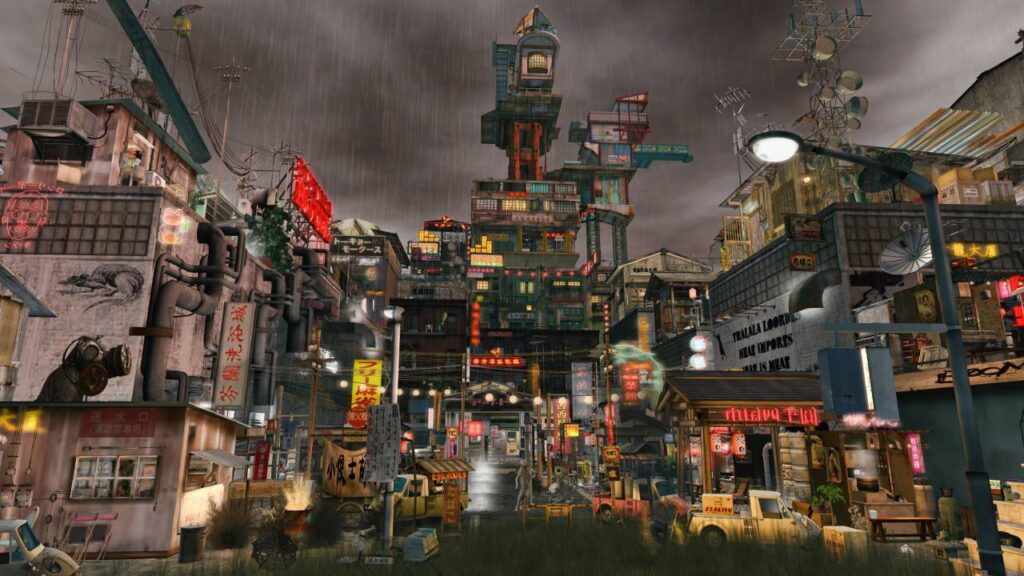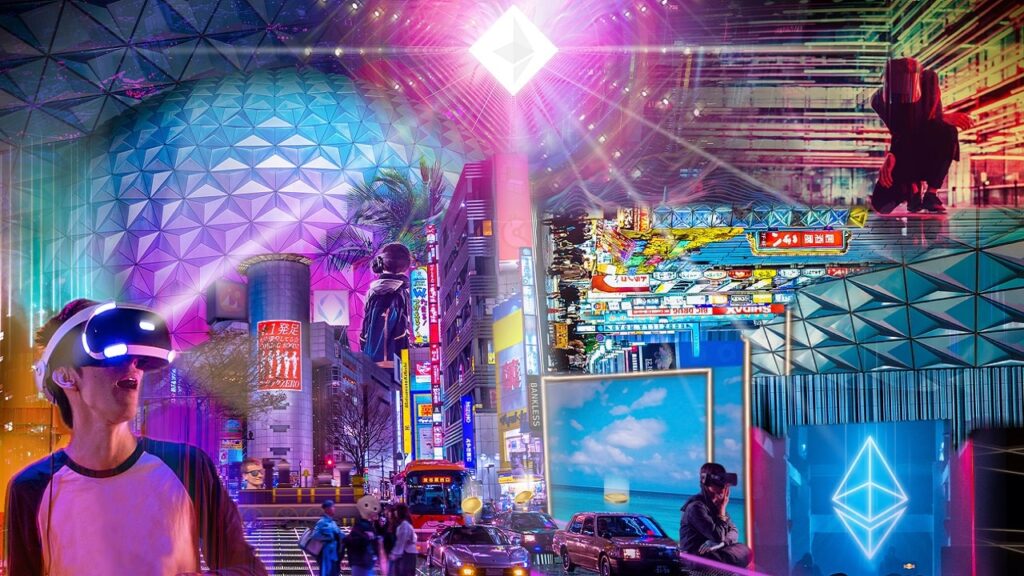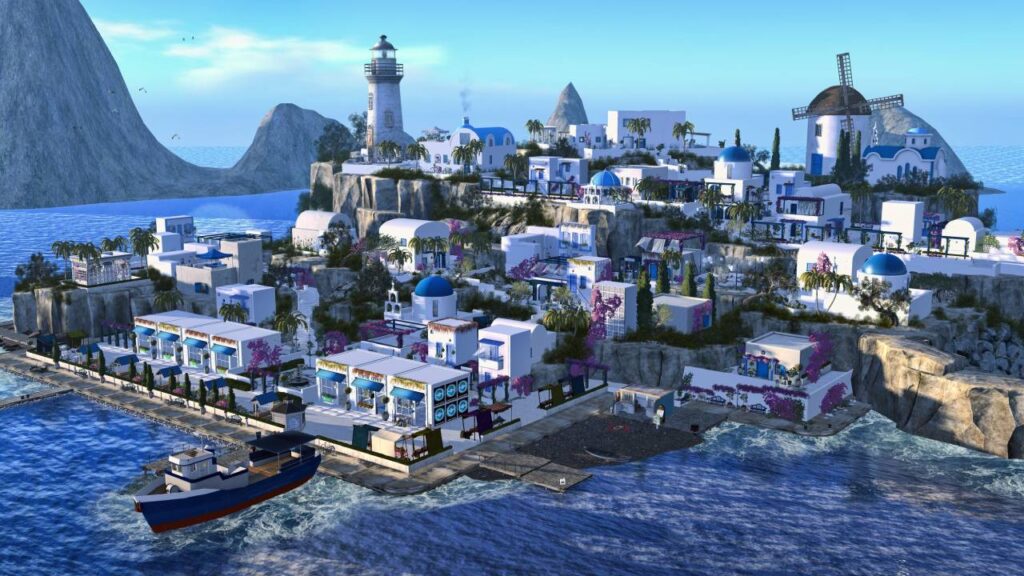The word metaverse is becoming commonplace, especially after many giants have decided to invest in it. Probably, however, few remember that metaverses have already existed for years and that one, in particular, has been used over time by more than 20 million people. We are talking about the Second Life metaverse. Let’s try to rediscover it together.
What is a metaverse
The concept of the metaverse was launched with the book Snow Crash by Neal Stephenson in 1992. The original concept saw it as the set of all virtual worlds in which to be able to forge social relationships. Today, the idea of union has been somewhat outdated and we have a multitude of metaverses. However, they all share the goal of facilitating social interaction through augmented reality. In a metaverse, people are represented by an avatar and interact not only with each other but also with digital equivalents of real objects. Basically, it’s like living inside a William Gibson cyberpunk novel.
The Second Life metaverse
Second life was founded in 2003 by the American Linden Lab. In its heyday, in 2013, it had about one million active users.
 Tralala’s Diner: one of the tourist destinations of Second Life
Tralala’s Diner: one of the tourist destinations of Second Life
Second Life users, who like to devine themselves residents move within a virtual world built like a large chessboard (the grid, the grid). Each element of the board is named after isola and can be public land or owned by a resident. Each resident, in fact, can own virtual land by paying a monthly rent to Linden Lab. In order to achieve this, Second Life introduced two very important and, for the time, absolutely innovative concepts: a virtual economy and a virtual currency: the Linden Dollar. Linden Dollars can be bought and sold for real money through the LindenX Exchange and, as in the economy we know, have a variable exchange rate based on supply and demand.
The most interesting thing about the Second Life metaverse, though, is that its content was completely user-generated over the course of 18 years. In fact, if the owner of the land allows it, any resident is able to create geometric shapes and manipulate them. Additionally, you can add your own multimedia content such as images and sounds for a reasonable Linden Dollar fee. In order to support this, Linden has also introduced a property management system on every single object. This system allows to attribute to each object an author and an owner, preserving the intellectual property and allowing the trade.
So, don’t modern metaverses add anything new?
No, on the contrary, they capitalize on the Second Life experience and take them to a higher level thanks to new technologies for 3D and an ever wider band available to everyone.

Second Life has been trying for years to produce a physical device for immersion in its 3D world; but with poor results, because the technology was not yet ready. Linden Lab had to be content with displaying a 3D environment on a screen. Today this barrier has fallen, because we have virtual reality headsets like Oculus Quest that are accessible to everyone.
Another insurmountable barrier for Linden Lab was that of available bandwidth. We can have the most beautiful virtual world on the Internet, but if we have to wait 5 minutes every time to see the room around us, nobody will use it. Today, if we live in a large urban center, a gigabit connection is available through any telephone operator. It therefore becomes possible to send much more information, build more realistic environments and interact faster. That is, our perception of a metaverse could really make a big leap in quality.
So why did we forget about Second Life?
In fact, none of the residents have forgotten about Second Life. That metaverse just got out of the spotlight for the rest of the audience. Its 900,000 active users may be significant to Linden Lab, but they are not comparable to the 43 million roblox users and 141 million Minecraft users. Just to stay in the context of other virtual worlds.
In the mid-2000s Second Life enjoyed a very strong presence in the news media. This presence began with a cover by Business Week dedicated to Anshe Chung (in real life Ailin Graef): successful entrepreneur on Second Life. From there, the metaverse has been used in many contexts that have given it visibility even to non-workers. We can mention, for example, the fifth episode of the fourth series of CSI New York: “Down the Rabbit Hole” and a press conference in 2007 by the then minister Antonio di Pietro. At the end of this period of media attention, Second Life has returned to its (second) life as usual.
 Little Santorini: another Second Life tourist destination
Little Santorini: another Second Life tourist destination
Was it all paradise in Second Life then?
Unfortunately not, as indeed in all ecosystems designed for social relations. In fact, in the past, the press has talked about unsavory activities within Second Life. Among these, for example, Ponzi scheme scams exploiting Linden Dollar.
A short visit is enough to realize that moderation is still one of the main problems of Second Life today. Keywords such as “porn” and “drugs” are obviously filtered by the internal search engine. However, it doesn’t take a lot of imagination to be able to find the virtual equivalent of a red light district. In a recent interview with the BBC, Anya Kanevsky (vice president of Linden Lab) admitted that “Managing a virtual world is a complicated thing; some operations can be made automatic but many need human sensitivity “. These issues are obviously destined to be magnified if the use of a metaverse truly becomes a mass phenomenon.
The new metaverses should therefore also learn from this Second Life experience to ensure the quality of the content within them.
But does the Second Life metaverse still exist?
Of course it exists! It’s a little less crowded than it used to be five or six years ago, but it’s still there waiting for us. In fact, if you haven’t, we highly recommend you give it a try as there are loads of interesting places to visit. Linden Lab also offers a fantastic online travel guide.













Leave a Reply
View Comments